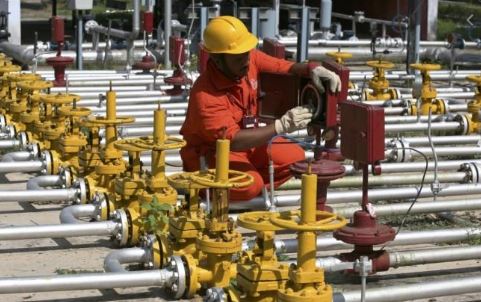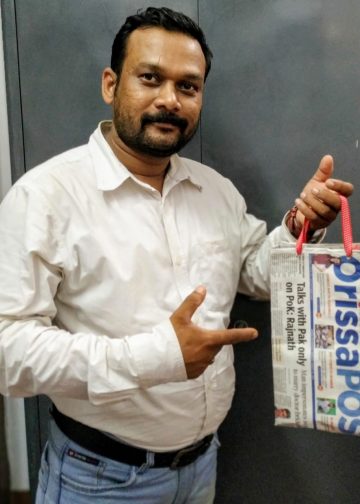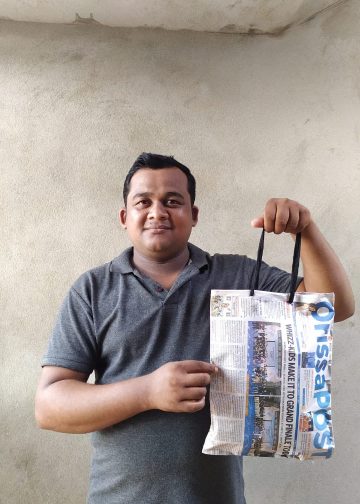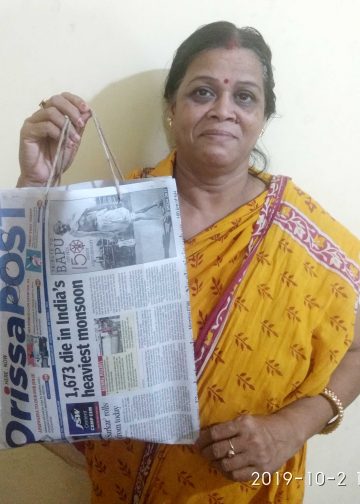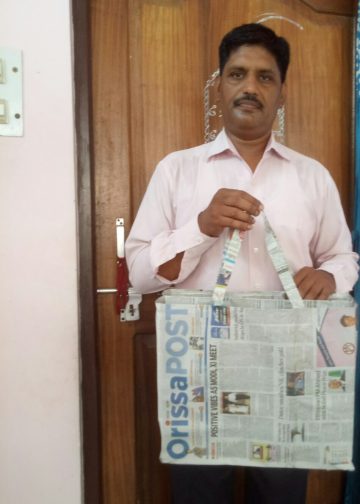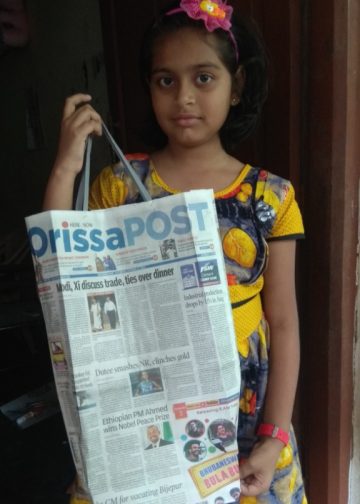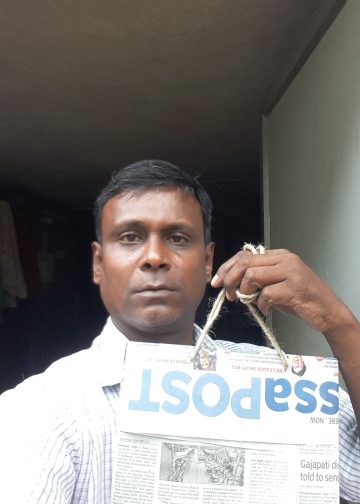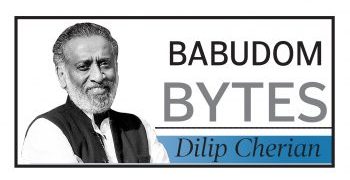Bharat Jhunjhunwala
It must be noted that the Micro, Small and Medium Enterprises (MSMEs) were in trouble even before the Corona Pandemic. The share of MSMEs in the non-farm credit extended by the banks declined from 5.58 per cent in March 2019 to 5.37 per cent in February, 2020. This means that MSMEs are not able to hold their fort against the big businesses in the present economic milieu. The MSMEs are not in a position to take loans; and banks are not in a position to give loans to MSMEs because they are losing their competitiveness against large businesses. The lockdown has further increased their woes.
A loan is beneficial when there is demand in the market and the businesses are able to sell the goods at remunerative prices and make profit. Businesses use this profit to pay the interest on the loans as well as repay the principal amount. This same cycle of borrowing and repaying does not work when there is no demand in the market. The loan then becomes a burden. The income remains stagnant because there is no demand in the market and the prices are flat, while the outgo increases due to the interest burden. On the other hand, MSMEs will somehow manage to raise the money for working capital or investment and survive through the lockdown if their goods are selling briskly at good prices. They may take advance from their customers, borrow from relatives or persuade the banks to give additional loans. The point is that the main driver of MSMEs is market demand; not loans.
I had the occasion to study a Self-Help Group (SHG) in a village many years ago. The NGO that had promoted the SHG informed me that the village people had bought buffaloes from the loans given by the SHG and their incomes had increased. The villagers also confirmed this. However, when I asked the same villagers whether the total number of buffaloes in the village had increased—the answer was a clear “no.” This meant that the loans were not actually used for buying new buffaloes. They were being used for making a house or meeting expenditures of a wedding. As a result, the lending by the SHG actually led to a deterioration in the incomes of the people.
Similarly, increased borrowing by MSMEs in absence of true additional income will only lead to deterioration in their incomes—though this will happen after a while when the interest payments become due.
We have already seen how demonetization led to results that were entirely opposite to the objectives of the government. Instead of black money being unearthed and the government collecting income tax on the same; the black money was routed into the banks. Only chartered accountants and corrupt bank officials made money. I apprehend that a similar fate may be awaiting the present package announced by the government for MSMEs.
However, a bigger danger is that this package could be used by the bank officials and the borrowers jointly to fleece the government. Consider this hypothetical example. Let us say a borrower has mortgaged his property worth `1 crore to the bank and taken a loan of `80 lakh. The value of property has now declined to `60 lakh. His MSME is also making loss. He wants to exit. Now, the borrower and bank manager join hands and the MSME is given an additional loan of `2 crore. The chartered accountant and the bank manager grab, say, `50 lakh; and the businessman grabs `150 lakh. The factory goes under, the bank auctions the mortgaged property and recovers `60 lakh. But the Government pays `2 crore to the bank under the guarantee. In the end, the package may only become an incentive to close businesses or fleece the government in some other way.
Let us not forget that India’s ranking in “Ease of Doing Business” made by the World Bank improved because it has become easier to close businesses due to the Bankruptcy Act. The present package could be used more in this manner because there is little chance of MSMEs borrowing for legitimate purposes in a situation of falling demand. One has to offer a carrot and also wield a stick to make the donkey walk. The donkey simply sits down if only the stick is wielded. Similarly, the MSMEs will “walk” only if they are presented with the pull of both market demand and push of easier access to bank credit. The present policy of giving additional loans without creating demand for their produce will only make MSMEs sink deeper into the red as has happened during demonetisation.
The difficulty in increasing demand for goods produced by MSMEs arises from our commitments to the World Trade Organization and our penchant for promoting big “modern” automatic and robotic factories as has been done in the industrial countries. These big companies—both foreign and domestic—produce goods at a cheaper price which the MSMEs are not able to face. Therefore, the government must immediately increase the import duties on all goods to the maximum level bound by us in the WTO. We may also consider quitting the WTO if we are not able to protect our MSMEs from cheap imports.
We must raise import duties to promote domestic production. At the same time, the government must provide lower rates of GST for MSMEs or ensure that MSMEs gain from the increase in import duties and not large domestic businesses. The MSMEs will raise working capital if they are able to sell their produce from savings, families or banks. The present policy of giving loan guarantees will not lead to the revival of MSMEs in the absence of demand. It is like asking the patient suffering from cancer to take a loan for buying a luxury car so that he can enjoy a ride before he dies.
The writer is a former Professor of Economics at IIM Bangalore.

